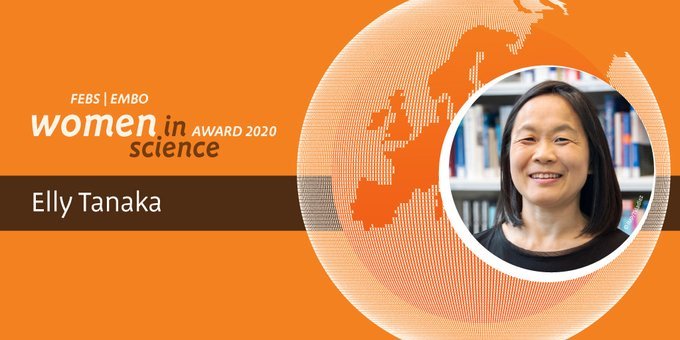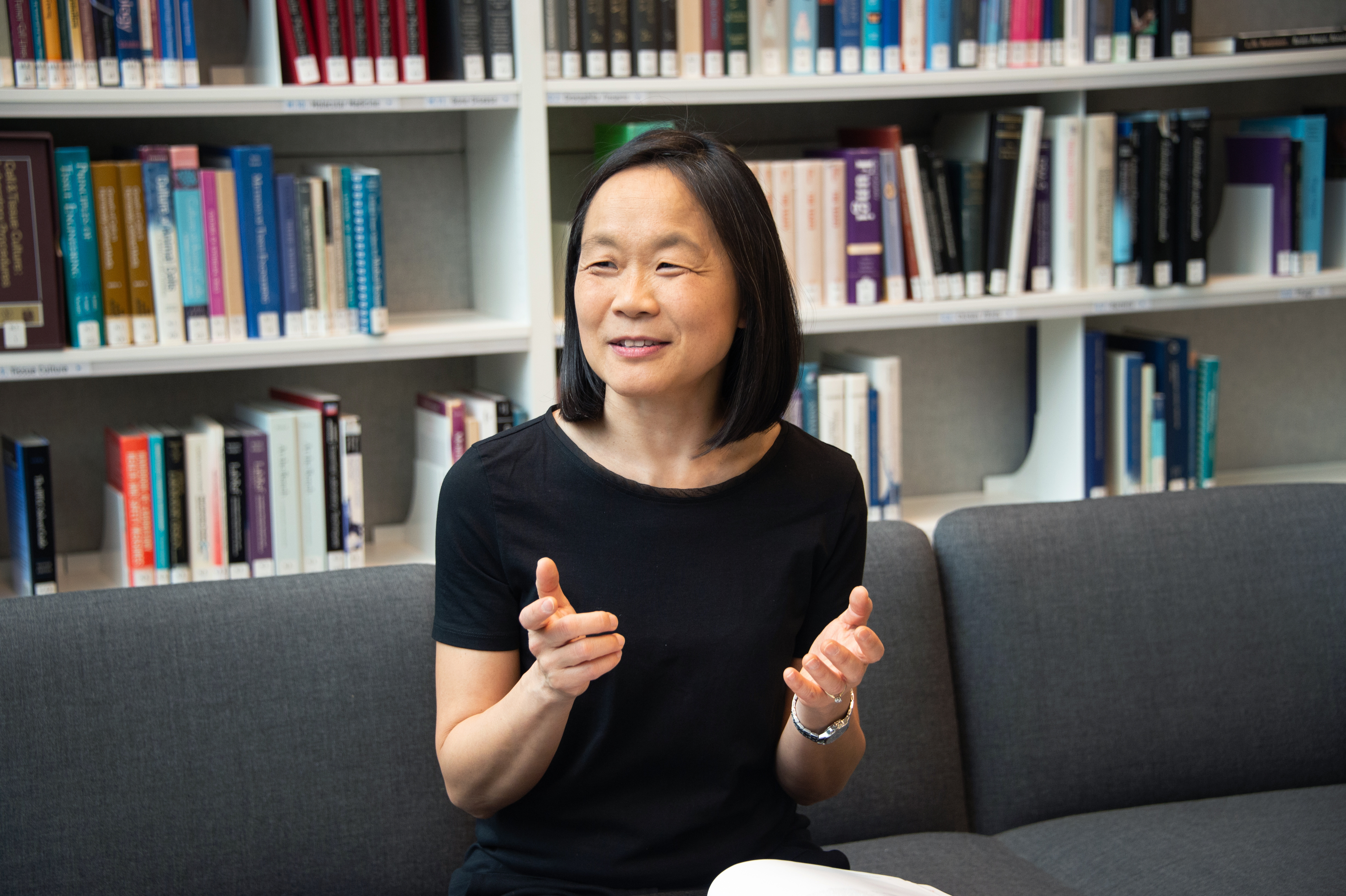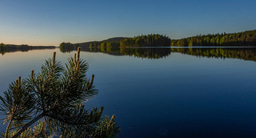

Elly Tanaka of the Institute of Molecular Pathology, BioCenter Vienna, Austria, has just been announced as this year’s recipient of the FEBS|EMBO Women in Science Award. She talked to Rosemary Wilson about pioneering new techniques to investigate difficult problems and about how the field of regeneration biology has transformed over the years, in large part thanks to her work.
Why did you decide to go into science?
I actually wavered for quite a while between the humanities or science. But in the end, I felt there was more to grasp in science than literary analysis, which also interested me. I also considered medicine, but then, during an internship in a worm genetics lab, I realised I prefer this to medicine. Even when I decided to go to graduate school to do my PhD though I thought ‘if don’t like it, I can still go to medical school’. I just didn’t know if I was going to be any good at it! But I loved graduate school. It was the first time I felt I was with a bunch of people like me, who liked to do things for the love of doing it. It was clearly a work hard, play hard kind of place – it was great.
How did you first get interested in vertebrate limb regeneration?
Graduate school challenged us to work on unsolved problems. I was working on axonal guidance using amphibian cells, so I bumped into the literature of people trying to culture the blastema. I realised regeneration was an area where so little was understood. It was fascinating to think about how an amputated arm knows how to regenerate. That’s what really got me interested, and I thought, I’m just going to try!
Were you never deterred by the scale of these problems?
In graduate school I was working on a project that was considered very hard. Through that experience I realised I like working on hard, intellectually interesting problems and developing the methods to solve them. It spoke to my strength. I also tell my students to not be afraid to work on hard problems. Focussing on answering them as rigorously as possible will pull you through.
What changes have you seen in the regeneration biology field over the years?
I never would have believed we would be in the situation we are in now. It’s like a dream come true! When I started in the 1990s, the methods available in developmental biology – a field that was exploding at the time – were really difficult to use in adult tissues for studying regeneration. And there was little appreciation of how hard that actually was. There was a sense that the field of regeneration was backwards let’s say, and many wrongly assumed that if you were in the field, you weren’t very good.
So I worked on developing better systems to transform cells, and combined this with live imaging techniques to identify which cells in the adult tissue did the regenerating. We were helped along by technological development, for example the arrival of GFP for observing changes in living cells and the sequencing of the human genome which led to other sequencing technologies. More recently CRISPR-based technologies make it much easier to produce mutants and reporter animals. Even ten years ago it was very hard and slow to make transgenic animals. Now we can make mutant lines at an incredible rate.
People were struck by the combination of methods we were using to look at regeneration at a higher resolution in single cells in live tissues. I think that captured people’s imaginations. Now there are a lot of younger groups doing great work, and established labs are interested in the field too. There is a very different feeling in the community now.
How much do you think your own work influenced this change?
Not just my work, but yes, we did influence others. And I think that was in part because we had stable funding. I appreciate that in Germany at the Max Planck Institute, at the DFG Research Center for Regenerative Therapies, and more recently at the IMP in Vienna I had core funding. The DFG reviewers were also supportive of the regeneration system. So I could put resources into developing new methods that others couldn’t manage given the uncertainty of the science we were doing. I think we were able to take on the development of many things that were necessary for the community to grow.
Do you have a longer-term goal for your research?
We are interested in tackling the question of how regeneration was lost in other vertebrates. What has happened in evolution that axolotls can regenerate but mammals cannot? As we know more and more about axolotl regeneration it seems more possible that this work could have implications and applications in human medicine – it was not my original motivation, but it begins to look more likely. I am certainly motivated to get the research so far that the principle could be applied. Whether I pursue it further than that – we will see!
This interview was conducted for EMBO and first appeared on the EMBO website at https://www.embo.org/news/articles/2020/new-methods-to-solve-notoriously-hard-problems
For more details on the 2020 FEBS | EMBO Women in Science award winner, see the press release on the FEBS website here: https://www.febs.org/news/the-...
Photo credit: IMP/Tkladlez





Join the FEBS Network today
Joining the FEBS Network’s molecular life sciences community enables you to access special content on the site, present your profile, 'follow' contributors, 'comment' on and 'like' content, post your own content, and set up a tailored email digest for updates.